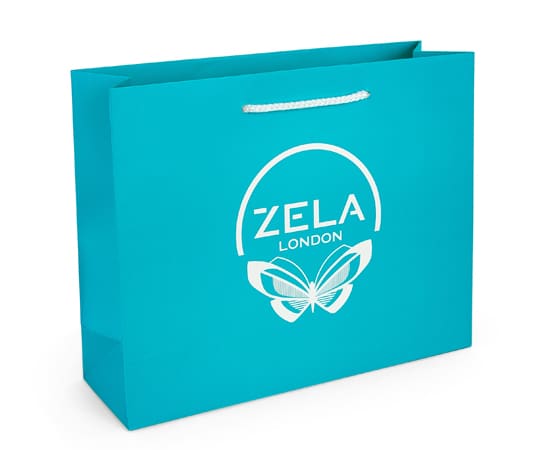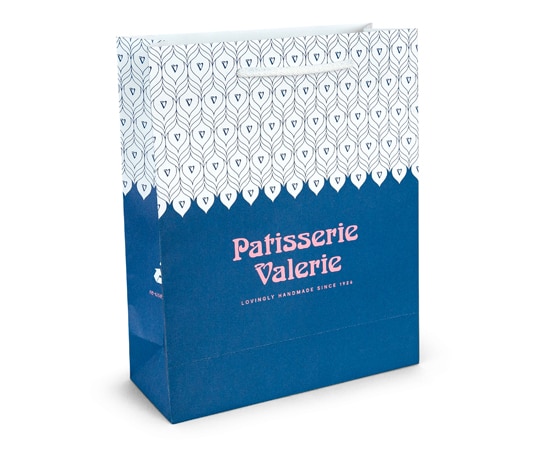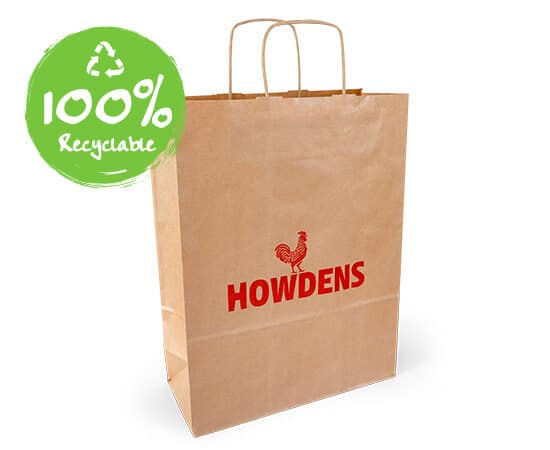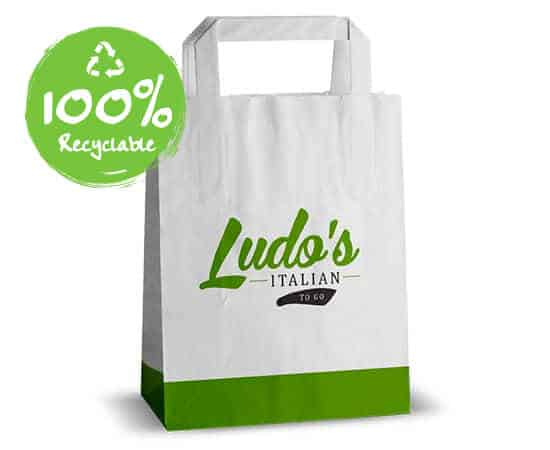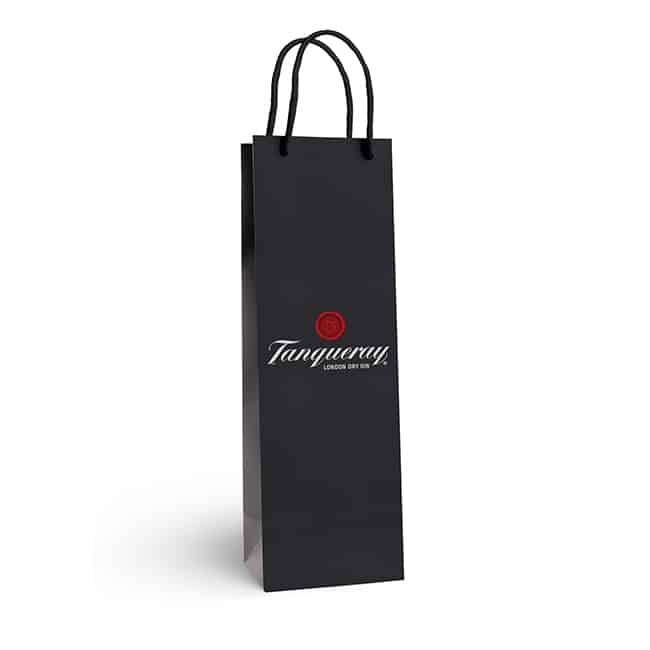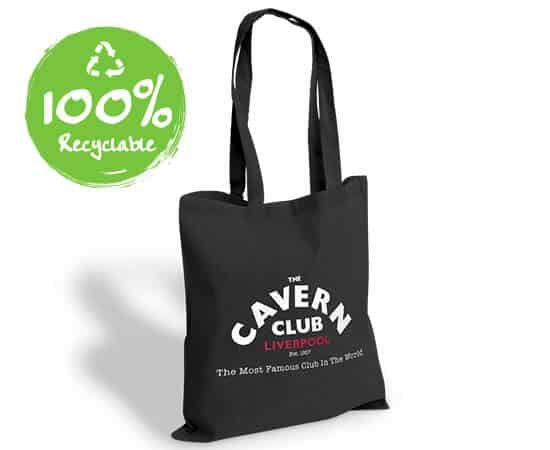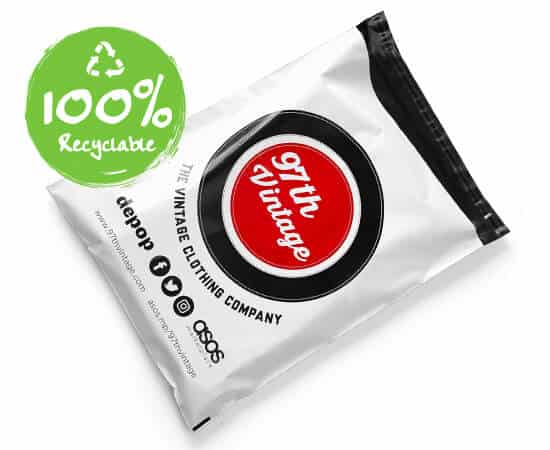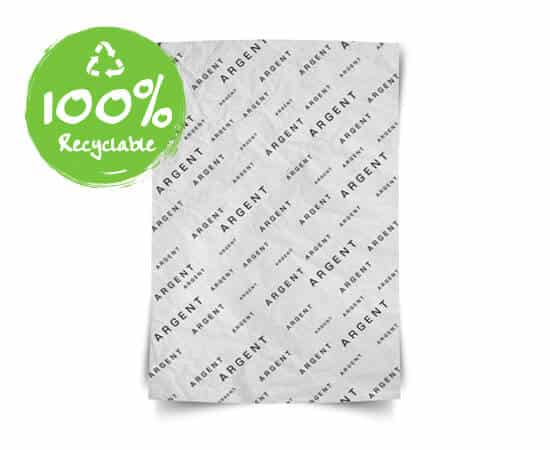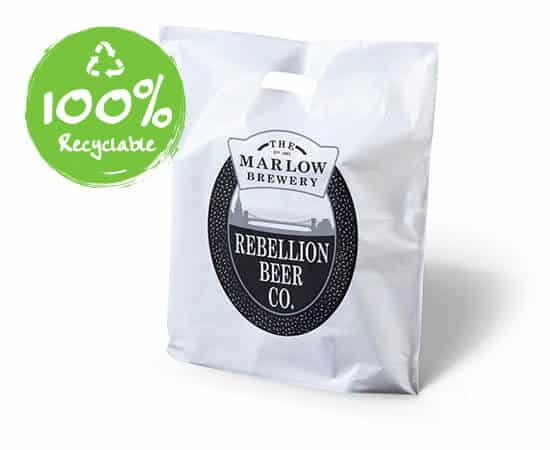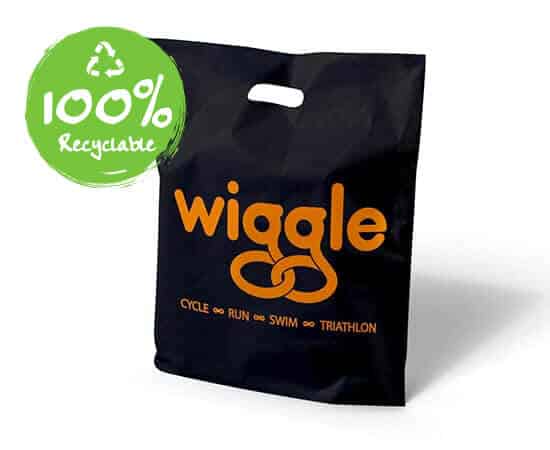
How colour consistency can vary between materials
The choice of colour you make for your branding is what differentiates you from your competitors, giving your company and products an identity that will stand out in the crowded marketplace.
The big question is how do you keep this brand defining colour consistent across the different mediums it appears on?
Your brand colours need to be of an acceptable consistency among the inconsistencies of the surfaces you are printing on to. This is a problem designers are faced with every day:-
-Every screen is different
-Paper types are different weights and have different surfaces creating variances in the way that they take the ink
-Digital printing inks can be toner based or liquid ink, affecting the finished result
-Spot colour printing is different to full colour
Colour matching can be a tricky business. One of the best ways to achieve colour consistency across your printing, online presence, packaging and promotional products is to select your company colours from the Standard Pantone Colour Books. The most recommended of these being the Pantone Colour Bridge Book. It matches any Pantone colour to a 4 colour process, and any 4 colour printing process to any Pantone colour. It doesn’t come cheap but most designers and print companies would have one to help their clients choose branding colours that will work well on most surfaces.
Understanding the different colour processes to help maintain brand consistency across the mediums:
To keep colour consistency for your brand it is important to understand the different colour processes.
CMYK & 4 Colour Process
The 4 colour printing process takes four primary colours, Cyan, Magenta, Yellow and Black (CYMK). These colours are then combined, a layer at a time, to produce the desired colour (pretty much like mixing colours in primary school, yellow + blue = green for example). The finished colour is defined by the % of CYMK used. For example – Pantone 281 Blue is C=100 + M=72 + Y=0 + K=32.
RGB & Hexadecimal
The colour process for displaying on a computer screen or TV doesn’t work in the same way. The RGB process uses varying degrees of Red, Green and Blue to create different colours. If a printer tries to print RGB design files using the CMYK process the results will not be the same. In fact some shades created in RGB can’t be achieved at all with CYMK.
RGB colours used for web design can be shown in Hexadecimal values that web browsers can read. Hex Colour Codes are made up of numbers 0-9 and letters A-F preceded by a hashtag. For example the Hex Colour Code for our Pantone 281 Blue is #0031ad.
Pantone (PMS)
The Pantone Matching System (PMS) gives us uniformity when producing colour. A Pantone colour is printed as a spot colour; this means it is printed as a single run, not mixed like the CMYK process. Single spot colour printing is often used for logos on signs, printed bags, presentation folders or promotional items like USB drives. Using a defined spot colour as opposed to a mixed colour gives you a more exact colour match on your branding across all materials – and we use Pantone colours when printing all of our bespoke bags!
A good marketing strategy and brand identity gives you exposure across multiple mediums. This involves using RGB, CMYK and Pantone Spot Colour. The Pantone Colour Bridge swatch guide we mentioned earlier will help you to choose a shade of colour you want for your company branding from a selection that will give you consistent representation.
For colour consistency across all materials used in your branding follow these 4 little rules…
- Know your colour mixes for all – Pantone, CMYK, RGB and Hexadecimal.
- Put together a Brand Identity Document with your defined colour mixes and share this with your web guys, designers and printing partners.
- Know the printing methods you plan to use before starting the design process. If you are going to print a photograph that is in RGB with the CMYK process it should be converted to CMYK first and tweaked if needed to ensure you get the print finish you want.
- If you are creating new branding think of all the areas you may want to use it, not just now but in the future, and choose colours that will be consistent across all mediums.
If you need a little help with your colour decisions for branded packaging and printed bags, our design team are fantastic to work with! Why not get in touch today?


